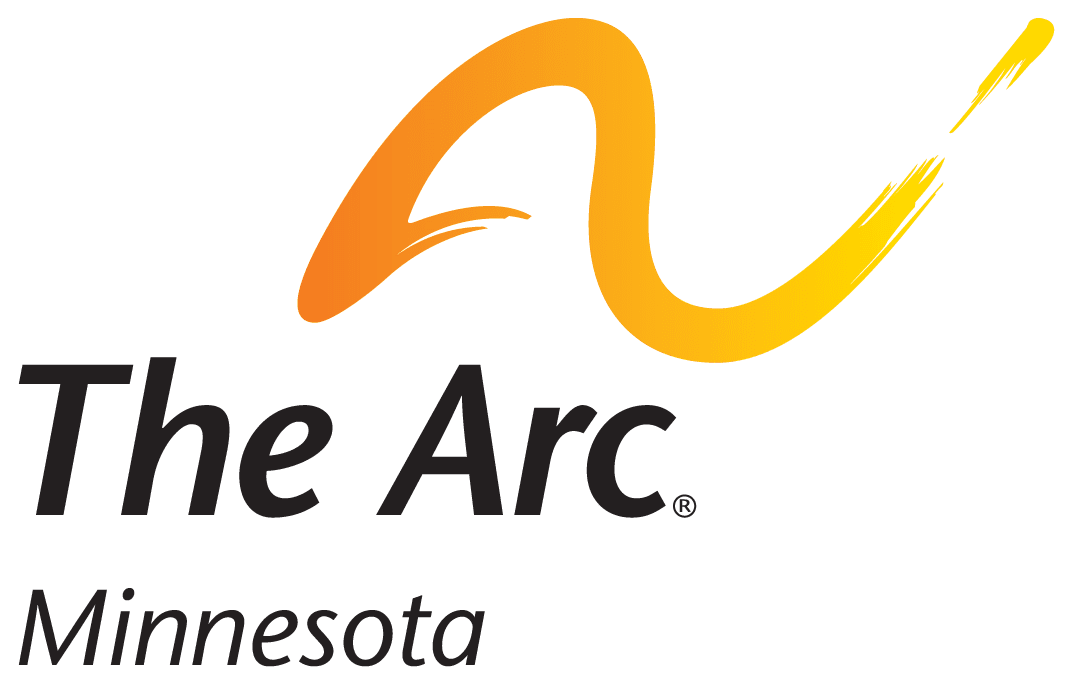A strong community is beneficial for its members as individuals, the community group itself, and society as a whole. People who feel a sense of belonging tend to lead happier and healthier lives, and strong communities create a more stable and supportive society.[i] SDOH are the conditions in the environments where people are born, live, learn, work, play, worship, and age. Inequities across SDOH have a major impact on people’s health, well-being, and quality of life.[ii] There are five SDOH, and our 2023 legislative agenda and public policy goals cover four of them.
Download this resource (English PDF)
Social and Community Context
Society and how our communities engage with people with disabilities is rooted in ableism and negative stereotypes. At an early age, children with disabilities are segregated from their peers without disabilities because of a lack of inclusive spaces and inaccessible communities. Playgrounds, childcare centers, and classrooms that children with disabilities cannot access lead to fewer friendships and smaller social networks. People with disabilities are often left out of the decision-making process about their lives, services, and supports—sometimes resulting in legal guardianship. Ableism and racism are enmeshed in our social structures, creating even more negative impacts on people with intersecting identities. Social and community support is critical for improving health and well-being.[iii]
All people with disabilities have a right to an inclusive society and to be included in decisions impacting their lives. Building an inclusive society starts with welcoming children with disabilities at an early age. This helps them build social connections, develop meaningful relationships, and foster natural supports that last throughout their life. Promoting less-restrictive alternatives to guardianship will help people retain their civil liberties and honor their capacity and wisdom. Positive relationships at home, school, work, and faith communities, can help reduce negative impacts on health and safety.[iv] Minnesota must build inclusive communities so children with disabilities can grow up as equal members of society and have abundant self-directed lives.
Education Access and Quality
Students with disabilities have not historically had access to high quality education due to low expectations, segregation, exclusion, and punitive practices, as well as a lack of equal opportunity beyond high school. Exclusionary discipline harms all students, but especially impacts students of color and students with disabilities. Young adults with disabilities are almost twice as likely to have less than a high school diploma than peers without disabilities, and disparities carry into the higher education system.[v] Post-secondary options are limited in Minnesota for people with intellectual disabilities, and supports for students with disabilities in higher education often fail to meet their needs. Education access and quality has long-term impacts on health, future employment, and economic stability.[vi]
All people with disabilities have a right to high quality education with individual supports as needed, where they learn alongside peers who do and do not have disabilities. Ending exclusionary punishment for young learners and opening a pathway to postsecondary options for students with intellectual disabilities will ensure our entire education system is accessible, inclusive, and supportive so all students succeed. They must have the same educational foundation as their peers without disabilities, and equal opportunity to secure meaningful employment, financial stability, and live in their own homes.
Economic Stability
People with disabilities face compounding barriers to earning a livable wage: low expectations and lack of options for employment; policies that prevent them from building and keeping assets; fear of losing health care benefits, supports, and services. These barriers and many more contribute to the cycle of poverty for people with disabilities.[vii] Of the more than 20 million working-age individuals with disabilities, 25.9% live in poverty.[viii] People with unsteady employment are more likely to live in poverty and experience health problems. The negative impacts of economic instability are compounded for people of Color with disabilities and other intersecting identities.[ix]
All people with disabilities have a right to economic stability. People with disabilities deserve employment at a livable wage that does not put them at risk of losing their healthcare benefits and other safety net supports. Systems must move away from burdensome administrative processes and inequitable, segregated employment service options. This will help ensure Minnesotans with disabilities have informed choice in employment.
Neighborhood and Built Environment
Finding affordable, accessible, inclusive housing in Minnesota is nearly impossible for people with disabilities. Despite their desire to live in their own home, people with disabilities are more likely to live in costly and isolating settings due to unaffordable, inaccessible housing.[x]
References
- [i] https://extension.umn.edu/community-news-and-insights/five-ways-think-about-community
- [ii] https://health.gov/healthypeople/priority-areas/social-determinants-health
- [iii] https://health.gov/healthypeople/objectives-and-data/browse-objectives/social-and-community-context
- [iv] https://extension.umn.edu/community-news-and-insights/five-ways-think-about-community
- [v] Ibid.
- [vi] https://health.gov/healthypeople/objectives-and-data/browse-objectives/education-access-and-quality
- [vii] https://health.gov/healthypeople/objectives-and-data/browse-objectives/economic-stability
- [viii] Annual Report on People with Disabilities in America, 2021. https://disabilitycompendium.org/sites/default/files/user-uploads/Events/2022ReleaseYear/Annual%20Report%20—%202021%20—%20WEB.pdf
- [ix] Ibid.
- [x] Annual Report on People with Disabilities in America, 2021. https://disabilitycompendium.org/sites/default/files/user-uploads/Events/2022ReleaseYear/Annual%20Report%20—%202021%20—%20WEB.pdf
